Please note: In September 2019, we updated the DXOMARK Mobile test protocol to cover ultra-wide-angle performance and renamed the protocol DXOMARK Camera. We also expanded our low-light testing and created the new Night sub-score, which incorporates the previous Flash score. We have retested this device using the new Wide and Night test protocols and updated the scores in this review, but we have not changed the text from the original review. For more information, please see the articles about our new Wide and Night test protocols.


LG V30 camera review (originally published February 1, 2018)
Launched in August 2017, the LG V30 is the Korean manufacturer’s latest flagship smartphone, offering a dual-camera setup and some interesting photography features. The primary camera boasts a 16Mp Sony IMX351 1/3.1″ sensor, coupled to a fast f/1.6 real glass lens with a 70-degree field of view and Optical Image Stabilization (OIS). For the second camera, LG opted for a super-wide-angle shooter, as opposed to a monochrome sensor or a telephoto lens preferred by many rivals. Built around a 13Mp Samsung sensor with 1µm pixel size, the V30’s secondary camera offers a 120-degree ultra-wide-angle field of view. That makes it a good choice for smartphone photographers interested in landscape or architectural shots, as opposed to portraits, but there’s no OIS in the second lens.
For video enthusiasts, the V30 boasts 4K 2160p@30fps movie capture and LOG format, which enables advanced color grading in post production, point-zoom focus to zoom and focus anywhere within the frame, and a range of cinematic filter effects for all you budding Kubrics. You can compose and review via the V30’s large 6.0-inch QHD, OLED HDR FullVision display with a 18:9 aspect ratio. Thanks to a Qualcomm Snapdragon 835 chipset, the V30 also packs plenty of processing power for photography and other tasks.
Key camera specifications:
- 16Mp primary camera with f/1.6 glass lens
- 13Mp secondary camera with ultra-wide-angle f/1.9 lens
- 3-axis OIS for primary camera lens
- Phase detection and laser autofocus
- LED flash
- 4K 2160p@30fps or 1080p@30/60fps video capture
- LOG-format video
About DxOMark Mobile tests: For scoring and analysis in our smartphone camera reviews, DxOMark engineers capture and evaluate over 1500 test images and more than 2 hours of video both in controlled lab environments and in natural indoor and outdoor scenes. This article is designed to highlight the most important results of our testing. For more information about the DxOMark Mobile test protocol, click here.
Test summary
The LG V30 achieves a Photo score of 87 points and is a very capable device for smartphone still photography. Although a little behind some of the top devices we’ve tested, 87 is a very good score considering the V30, unlike many of its direct rivals, does not feature an optical tele-zoom nor a bokeh mode, which would have increased the score if implemented well. Its strengths for still photos are punchy exposures, vivid color, good fine detail preservation, and well-controlled noise in low light. In fact, the V30 outperforms some top-ranking devices such as the iPhone X and the Samsung Note 8 for texture preservation and noise. Add to that excellent autofocus performance in low light, and the V30 is a versatile still camera in many environments. Unfortunately, at 73 points, the V30’s video mode cannot quite keep up with the LG’s still performance, dropping the device down a few spots in our ranking, with an overall score of 82 points.
Bright light
The LG V30 captures its best exposures outdoors in well-balanced lighting conditions. In tricky high-contrast scenes, the dynamic range can be a little limited in the shadows, but even in challenging scenes, highlight detail is well-preserved. Outdoor exposures generally display punchy contrast for a nice overall feel, despite the loss of some detail in the darker tones. Color rendering is good, if not exceptional, with reasonably bold and vivid hues. White balance is generally accurate, too, and although a slight green color cast is visible in cloudy conditions, shifting to pink in sunny weather, the casts aren’t offensive.
Fine detail preservation is also a plus for the V30, particularly in static scenes, making it a good option for landscape or architectural photography. Autofocus is a little slow to trigger outdoors; however, it’s actually quicker in low-light conditions, which makes capturing the decisive moment for moving subjects challenging. Add to that less texture preservation in scenes with subject movement, and you really need very bright light for sharp action photos on the V30. A buildup of a coarse luminance noise is evident in areas of uniform color in the V30’s outdoor shots, too, but it’s only really visible upon close inspection and is less problematic in areas of intricate detail.
Low light and Flash
The V30 is a very capable smartphone for low-light photography, recording accurate exposures, vivid color, accurate white balance, and high levels of detail. Test chart exposures in the lab were excellent down to 20 Lux, good at 5 Lux, and although underexposed at 1 Lux, still exploitable. In static indoor scenes, texture is also very good, with the V30 offering a good compromise between noise reduction and sharpness. Scenes with subject motion are a little more challenging for the V30 to preserve good detail, however. Autofocus is excellent in low light, consistently achieving sharp focus quickly and accurately. Flash photos do disappoint, however, with a strong purple color cast visible at all times. The flash is well-centered, covering the frame with minimal corner shading, and results are repeatable, but if flash is important, better smartphones are available.
Zoom and Bokeh
LG’s decision to include a super-wide-angle second lens on the V30 means that its zoom capabilities are a little limited compared to dual-camera smartphones with a longer-focal length second lens. At 2x magnification, resolution remains acceptable in all lighting conditions, but expect to see a significant drop in resolution and an increase in visible artifacts at greater magnifications.
The LG doesn’t feature a native bokeh option (that is, a portrait mode) for artificially blurring the background. Add to this some distortion of facial features caused by shooting portraits at close range with the standard lens, as well as relatively poor flash results, and it means that the V30 isn’t ideal for taking portraits.
Photo scores explained
The LG V30 achieves a total photo score of 87, which is calculated from its scores in tests that examine different aspects of its performance under different lighting conditions. In this section we’ll take a closer look at these image quality sub-scores.

Exposure and Contrast
LG V30
82
With reasonably consistent results in all lighting conditions, the LG V30 achieved a good overall score of 82 for exposure. It scored best outdoors (89), good indoors (81), but a lower result in low light (73). Test exposures of charts under consistent lighting in the lab showed that the V30 is capable of accurate target exposures in well-balanced lighting conditions. Shooting our natural test scenes outdoors, we identified limited dynamic range on challenging high-contrast scenes, with details often lost in the darker regions. Highlights are reasonably well-preserved, however, which is a bonus, as it’s easier to lift shadows in post-production than recover any blown out highlights.
In our head-to-head comparison, the iPhone X clearly displays greater dynamic range, with more detail visible in both the shadow and highlight regions. The tradeoff is between contrast and punch, however, with the iPhone X HDR shots looking a little washed out in the midtones compared to both the V30 and the Samsung Note 8. In theory, it’s a better strategy from the iPhone X, depending on what you’re shooting, but you’ll need to increase contrast in post-production to get a shot with the same punch that the V30 records.
We see something similar in our backlit window portrait natural scene. While the highlight detail out the window is clearly overexposed, the V30 has accurately exposed the most important element in the picture, the portrait subject, and delivers an overall pleasing result with good contrast.
In extreme low light of just 5 Lux (effectively candlelight), images from the V30 are slightly underexposed but remain usable.

Color
LG V30
79
The V30 achieves a good overall score for color, thanks to vivid rendering and consistent scores in all tested lighting conditions. In our window balcony natural test scene, the V30’s color saturation isn’t as strong as the iPhone X’s or the Samsung Note 8’s, and a slight green color cast is evident, but overall the color rendition remains good. White balance is mainly accurate, particularly in indoor and low-light conditions, but some visible color casts occur outdoors, varying between pink or green depending on the conditions. In low light, some color shading is also visible, shifting from pink in the center to green at the corners, but the effect isn’t overly strong or too distracting.

Autofocus
LG V30
77
A good score for autofocus, which is very accurate in all lighting conditions, consistently achieving a high number of sharp photos. Autofocus speed is slow, however, with a long delay over 500ms (half a second) between requesting focus and a shot being taken. That delay could be the difference between capturing or missing the decisive moment in action photography, making the V30 better suited to shooting relatively static subjects. Autofocus speed is unusually slower in bright light. In our low-light (20 Lux) lab tests in which we defocus the device between each frame and time the speed to find focus, the average shooting time was significantly faster at 3ms compared to the bright-light average.

Texture
LG V30
67
Fine detail preservation is excellent in bright-light conditions and remains very good in low light, where the V30 outperforms both the iPhone X and Samsung Note 8. The V30 achieves consistently good texture scores on static scenes in all lighting conditions. With scenes containing subject motion, good texture is possible in bright light conditions over 300 Lux, and although detail drops off noticeably in lower light, it’s far from the worst we’ve seen. Detail preservation is broadly similar on tripod and handheld shots between 20 and 1000 Lux, and although tripod shots are marginally sharper, there’s not much to it. Between 1 and 20 Lux it’s a different story, however, with tripod shots showing significantly better detail in low light, despite the primary camera lens featuring OIS.
Crops of test chart images shot handheld in the lab show that detail preservation on the V30 isn’t quite as strong as that of the iPhone X in bright light conditions, but it’s not far off, and the V30 offers a little more detail compared to the Samsung Note 8 in bright light.
Texture is better in low light compared to its rivals, however. The V30 displays more detail compared to both the iPhone X and the Samsung Note 8 at 5 Lux, helping the V30 achieve a higher overall score for texture of 67, compared to 65 each for the premium Samsung and Apple devices.

Noise
LG V30
66
Achieving very good score for noise, which is well-controlled in the majority of test scenes, the V30 offers a good compromise between texture preservation and noise in most cases. Strong coarse noise is visible in areas of uniform color such as the sky, and other bright/flat areas when shooting outdoors, but it’s only really problematic when displaying images at large scale.
The V30 outperforms the iPhone X for noise in low-light conditions between 5 and 20 Lux, but it isn’t as strong as the Samsung Note 8, which applies some fairly aggressive noise reduction for smoother results.

Artifacts
LG V30
68
We deducted points from the V30 for visible artifacts(optical flaws in images). The main deductions were for a cyan shift and oversaturation of blue skies, and noticeable color fringing (chromatic aberrations along contrast edges). The latter problem is only really visible on strongly backlit scenes, or when viewing images at large scale, however, so it isn’t much of a concern when looking at images on a device screen. We also observed and deducted points for some noisy edges, ringing, and ghosting, but these issues were less of a concern compared to the cyan shift and fringing.

Flash
LG V30
71
The V30 wound up with a low score for flash, due mainly to a strong purple cast in all flash shots — including mixed lighting and flash-only pictures. A course luminance noise is also visible, particularly in the corners, along with the loss of some fine detail. On the plus side, flash exposures and white balance are consistent across consecutive frames, with repeatable results in all lighting conditions, and the flash output is well-centered in the frame with only minimal falloff (vignetting) evident.

Zoom
LG V30
35
Due to the absence of a telephoto lens providing an optical zoom function, the V30 has a fairly low score for zoom. Using the digital zoom at close range up to around 2x magnification, resolution and detail remain good, with consistent results in all lighting conditions. Magnifying the image beyond 2x results in a noticeable drop in resolution, visible luminance noise, as well as some aliasing and moiré effects. In bright light, results are acceptable at mid-range zoom up to around 5x magnification, but the V30 records noticeably less detail compared to devices with a telephoto lens, such as the iPhone X and the Samsung Note 8.
Sharp images using the zoom beyond 2x magnification is challenging in all lighting conditions, with very poor resolution on long-range zoom shots of around 8x magnification.

Bokeh
LG V30
25
The V30 achieves the default score of 25 points for bokeh, as it doesn’t feature a portrait mode to artificially blur the background in portraits.
Video scores explained
The LG V30 achieves a Video score of 73 points, which has had a negative impact on its overall score despite a good score in the Photo category. The overall Video score is calculated using the video sub-scores to give us some indication of the device’s pros and cons for shooting moving images: Exposure (80), Color (74), Autofocus (49), Texture (40), Noise (64), Artifacts (77), and Stabilization (73).
LG markets the V30 as good for shooting video, and it’s true that it offers interesting and advanced features, including an app for manual control over video exposure, cinematic video filters, LOG format for color grading in post-production, and the ability to plug in an external mic, which is rare for a smartphone. However, tested using the V30’s default video mode, which utilizes the longer-focal length primary camera, its performance and image quality underwhelming during our tests.
Video exposure and color are very acceptable generally, with good test chart exposures achieved in most lighting conditions, low levels of noise in both low and bright light, and accurate color rendering. The best results were achieved on static subjects, however, and the temporal aspects of the V30’s video let it down a little. Autofocus performance is particularly an issue, with no tracking or face detection activated in default mode, and stabilization could be improved, with some residual motion evident in movies. We also observed white balance inconsistencies under lighting changes, resulting in noticeable color shifts between frames. So while better video may be possible with the photographer’s manual intervention to get the best out of the V30’s video capabilities, that possibility falls outside the scope of our analysis.
Conclusion: Excellent still image performer
The V30 is a very capable for still photos with good (if not exceptional) exposures and color in all lighting conditions. With texture and noise results in low light that outperform some of the top-ranked devices we’ve tested, the LG earns itself a high Photo score of 87 points, despite lacking optical tele-zoom and bokeh features. The overall ranking is negatively impacted by a lower video score, but overall, the V30 is a great smartphone for landscapes, architecture, and other photo genres that focus on largely static scenes. It is also important to keep in mind that while the V30’s secondary wide-angle lens does not have an impact on the scores in our test protocol, it is a differentiator in a crowded market and a potentially useful creative tool for many users.
Pros
- Accurate test chart exposures in all lighting conditions
- Excellent color rendition, with bold color in all lighting conditions
- Accurate white balance in low light and indoor lighting conditions
- Well-controlled noise in low-light conditions
Pros
- Accurate test chart exposures in all lighting conditions
- Well-controlled noise in indoor and outdoor conditions
- Accurate color rendering and white balance in most conditions
Cons
- Poor resolution in mid- and long-range zoom shots
- No portrait (bokeh) mode, despite featuring two cameras
- Limited dynamic range in high-contrast scenes
Cons
- Autofocus instabilities in all lighting conditions
- Visible residual vibrations with walking motion
- White balance failures with illumination changes


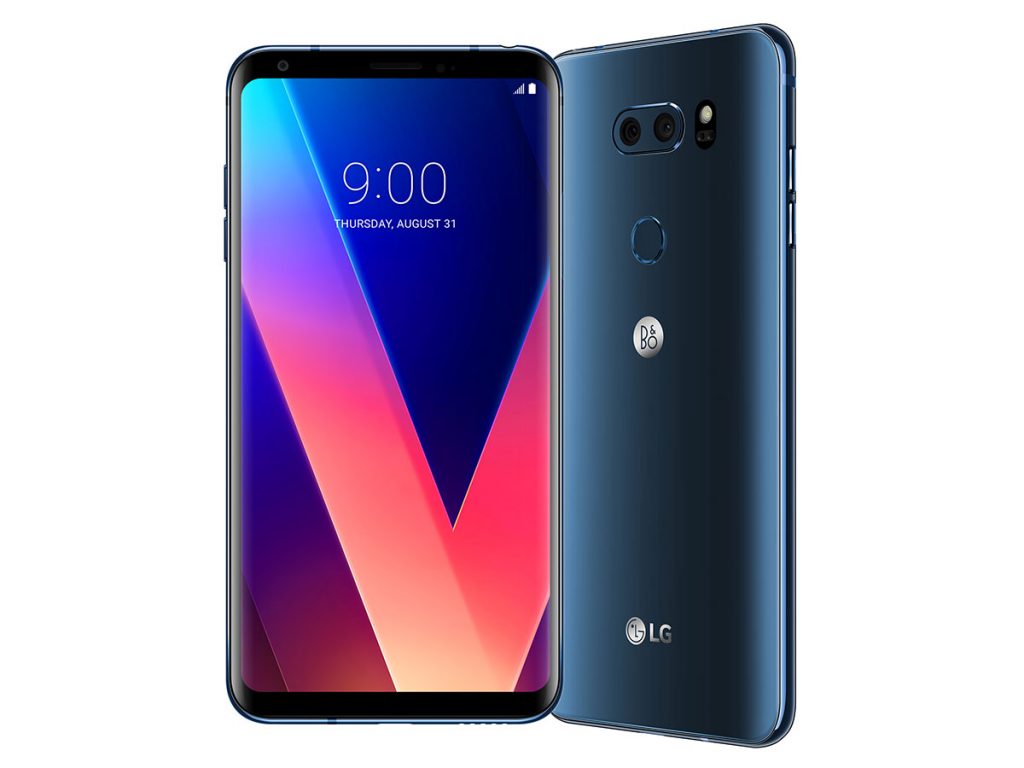


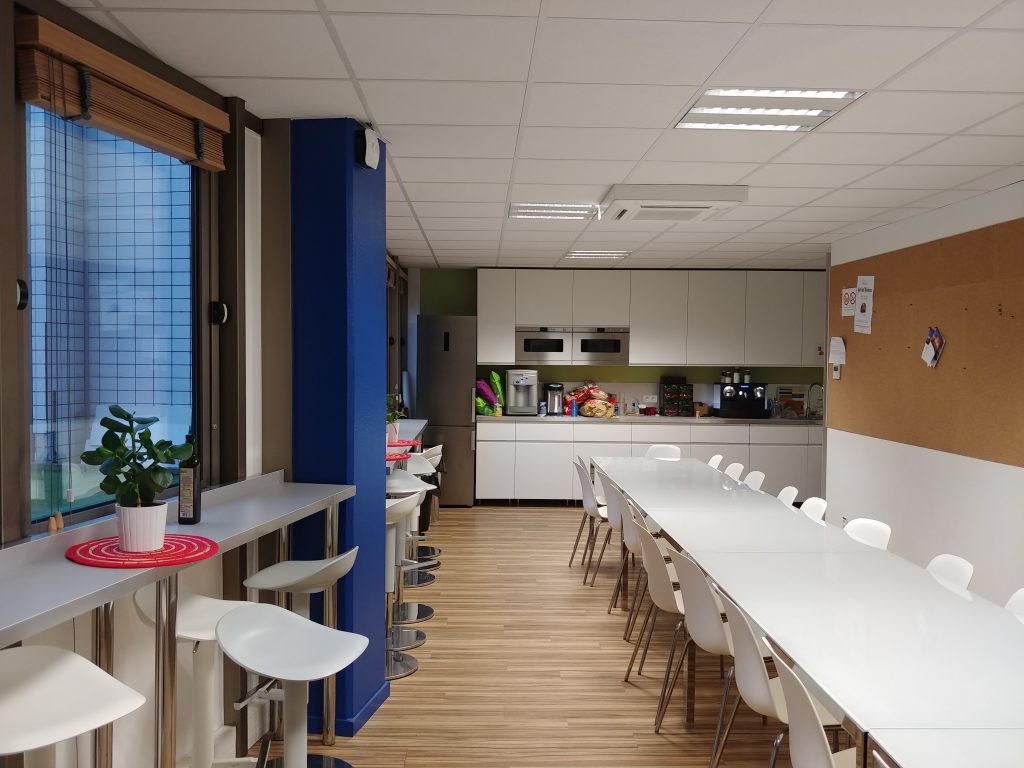
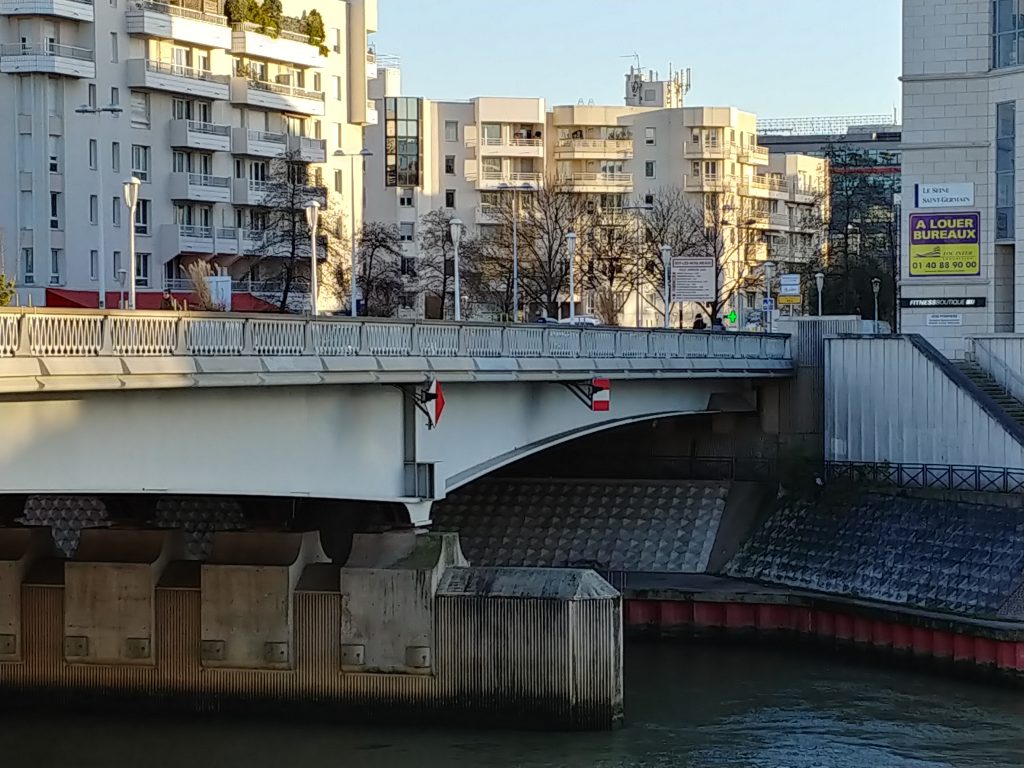




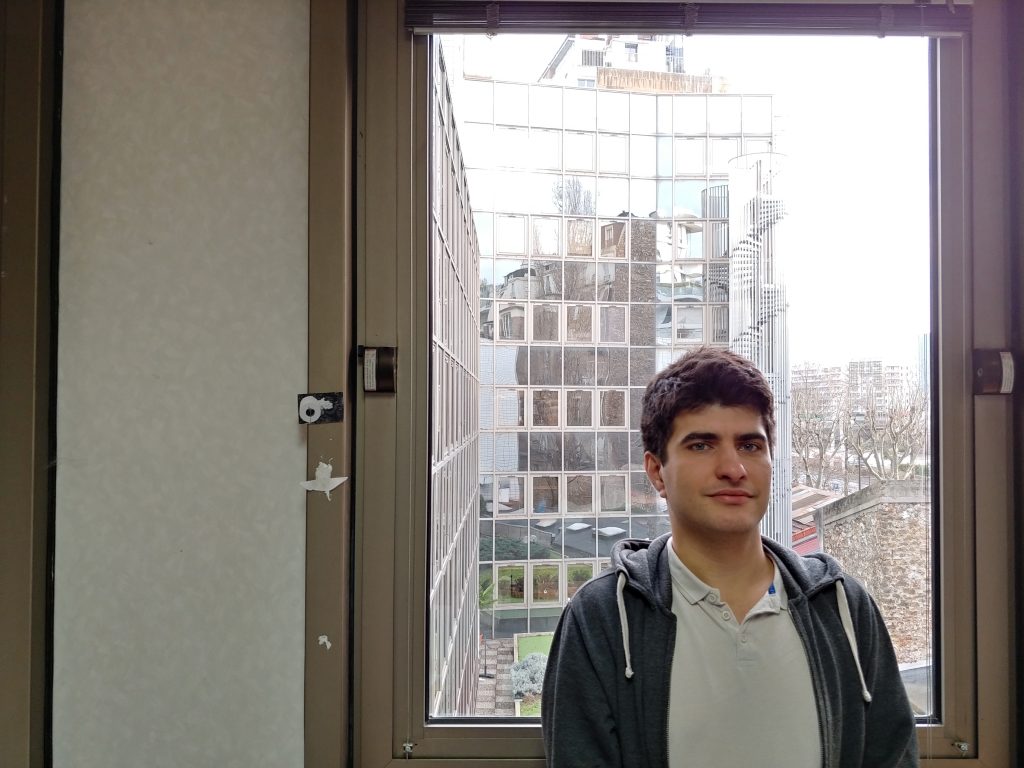
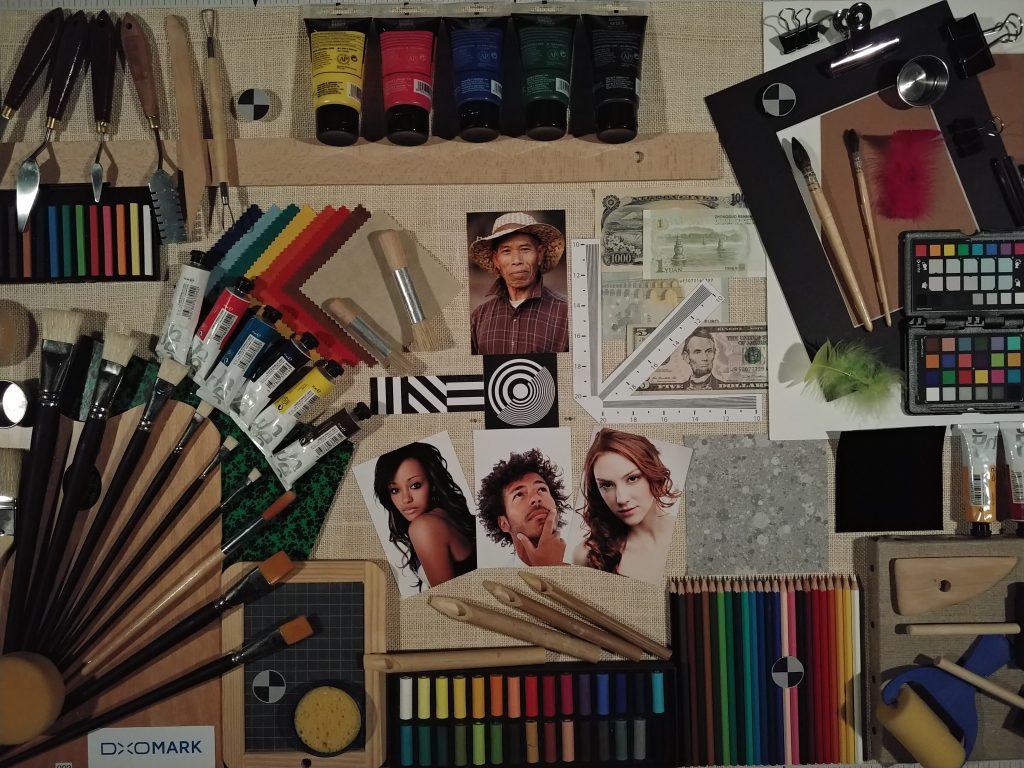
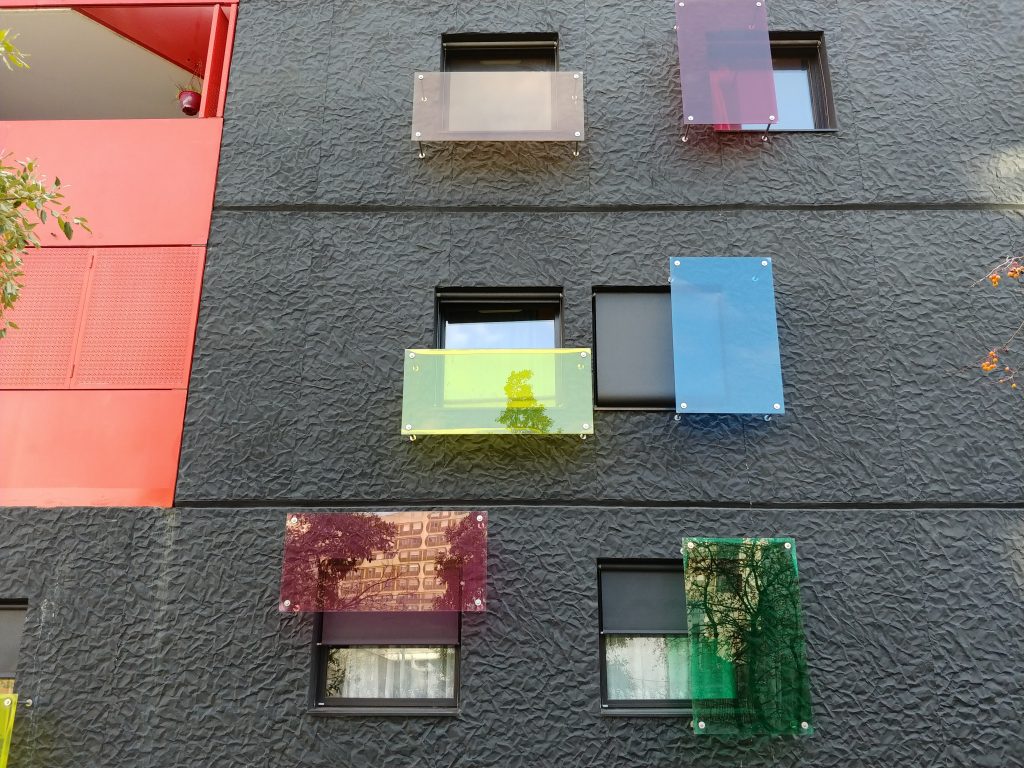
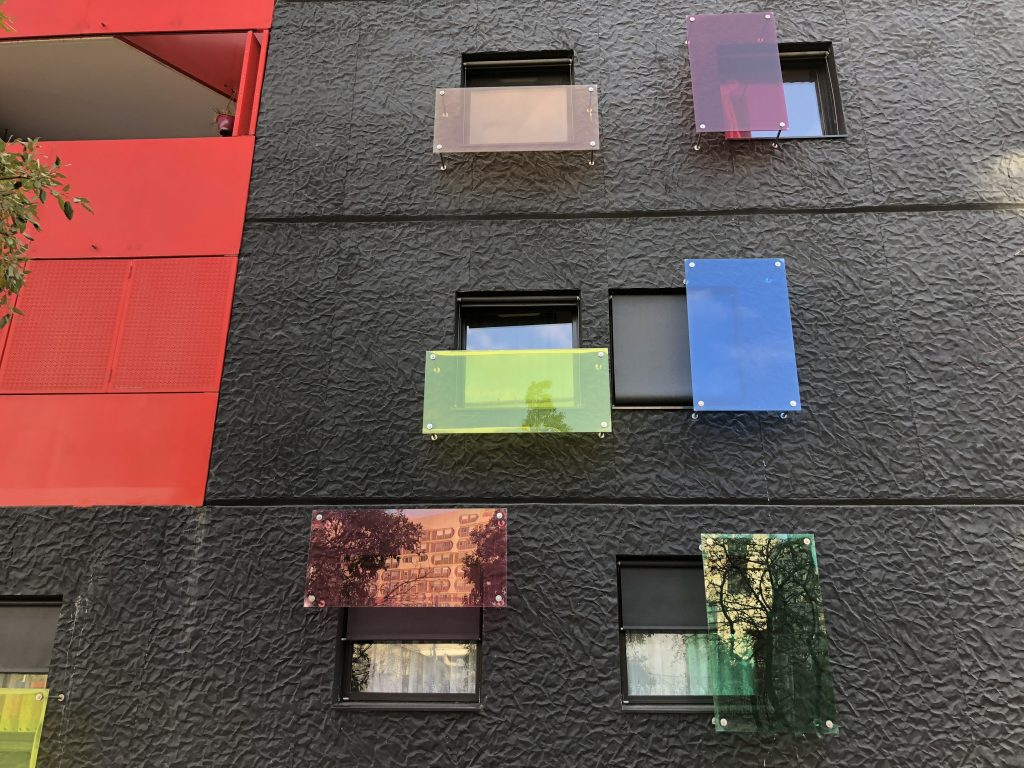
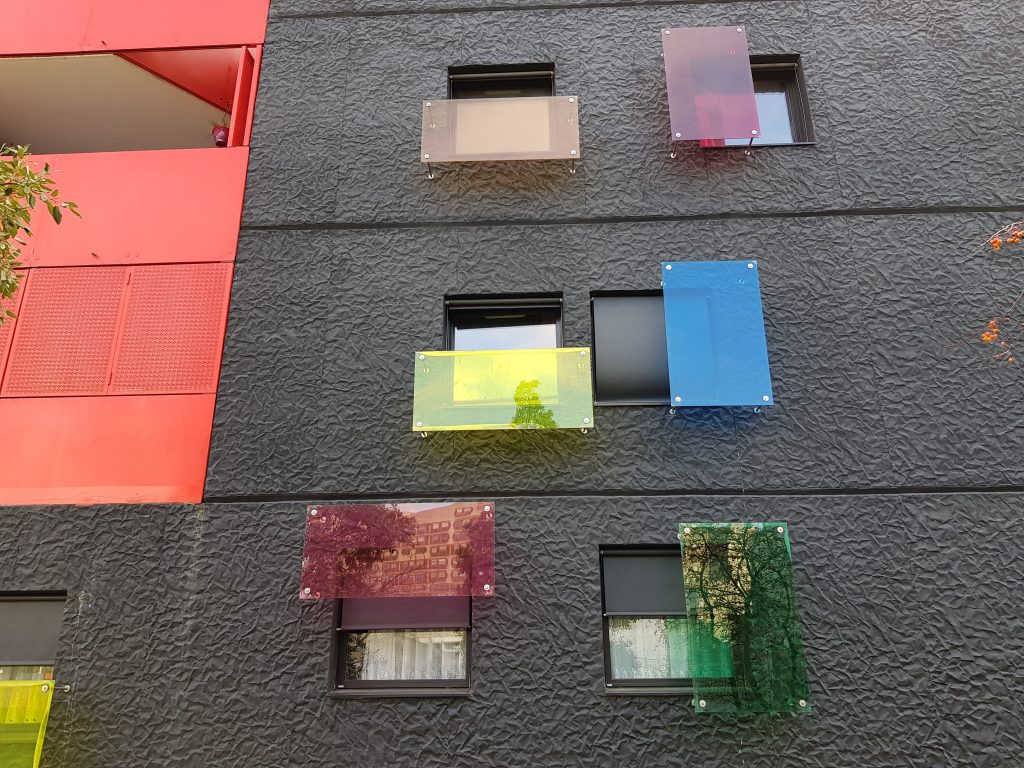

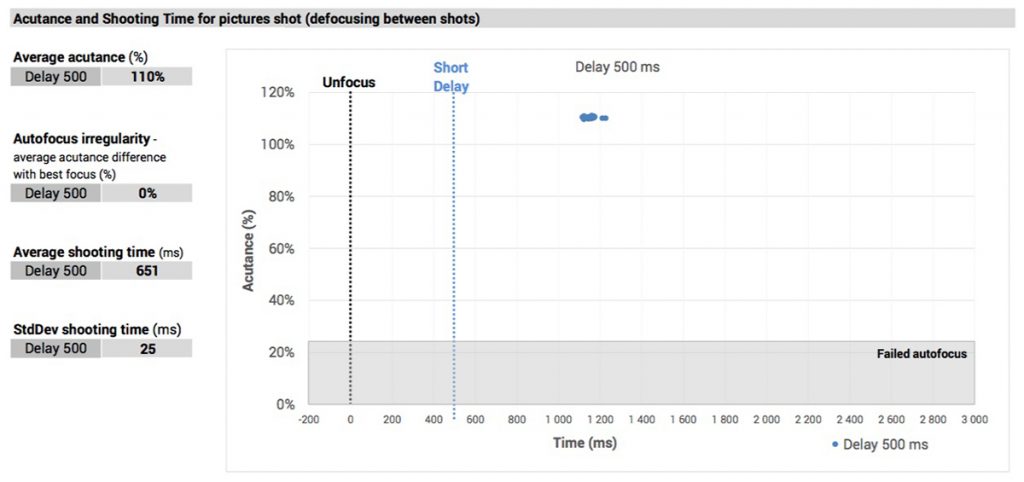
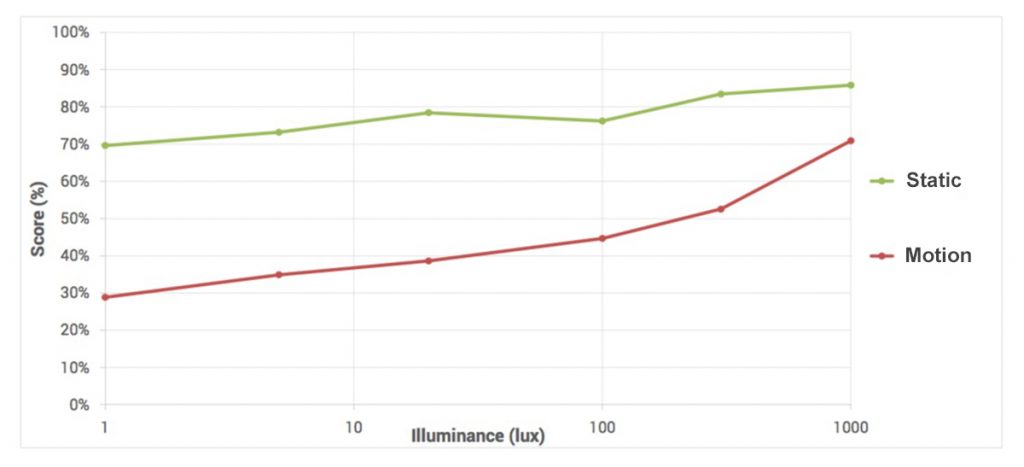

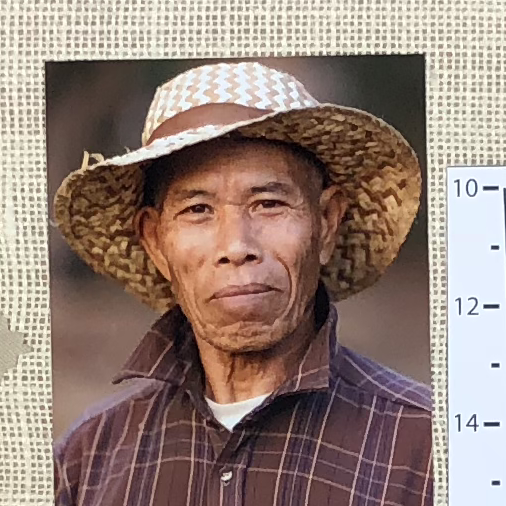




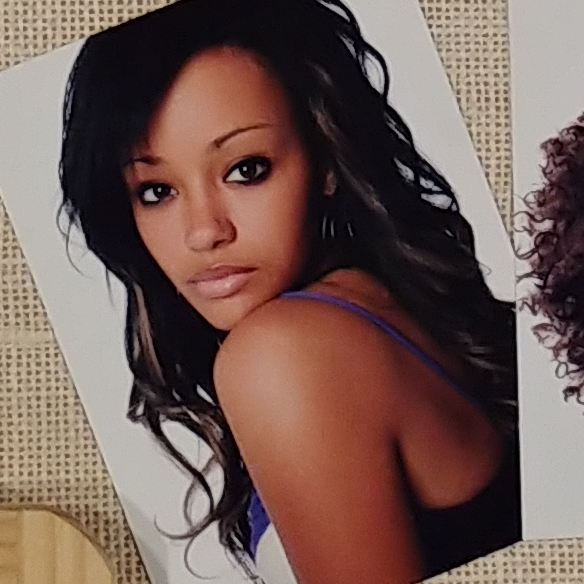





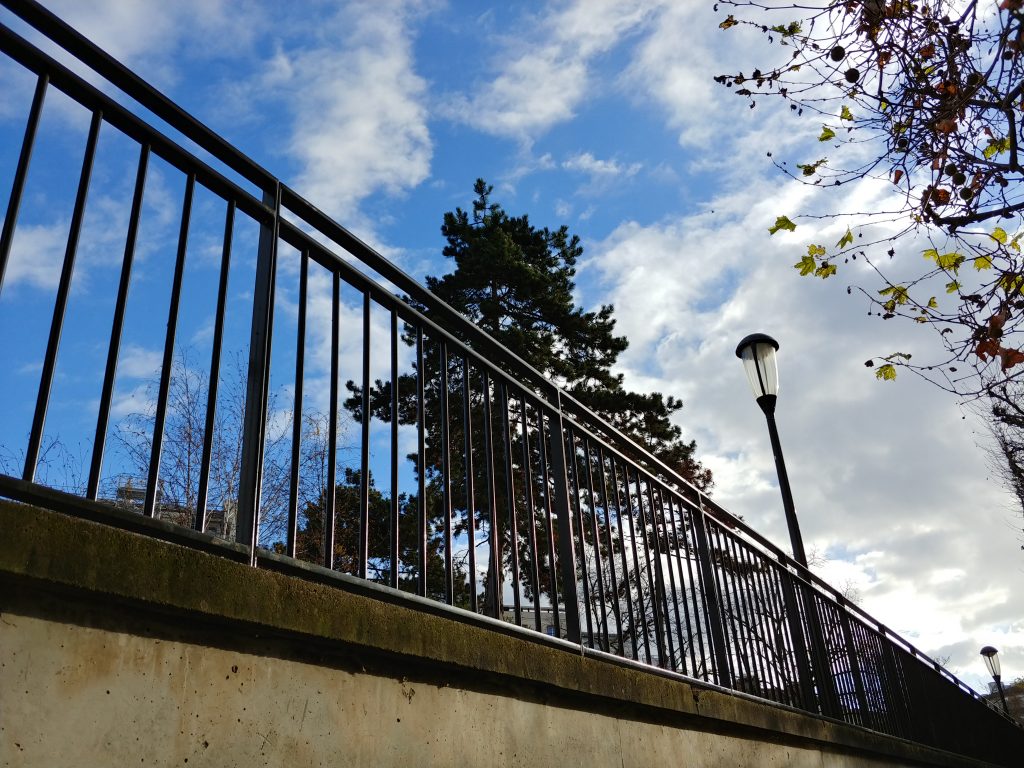


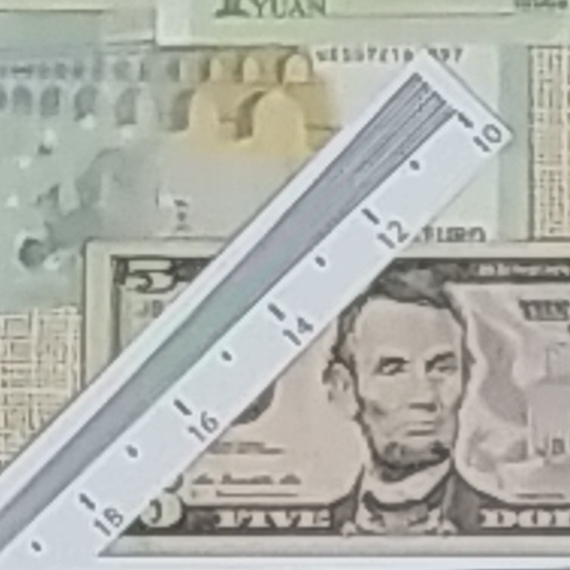
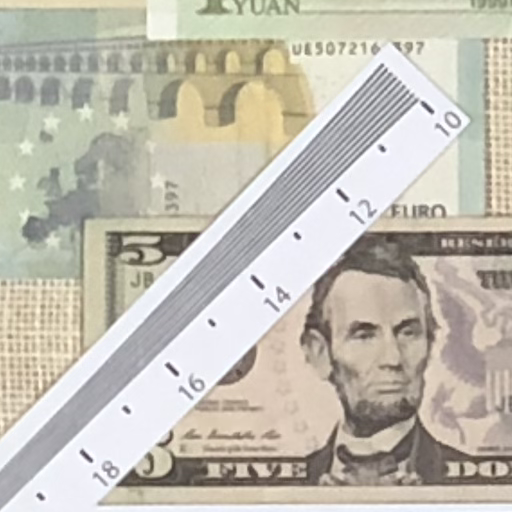
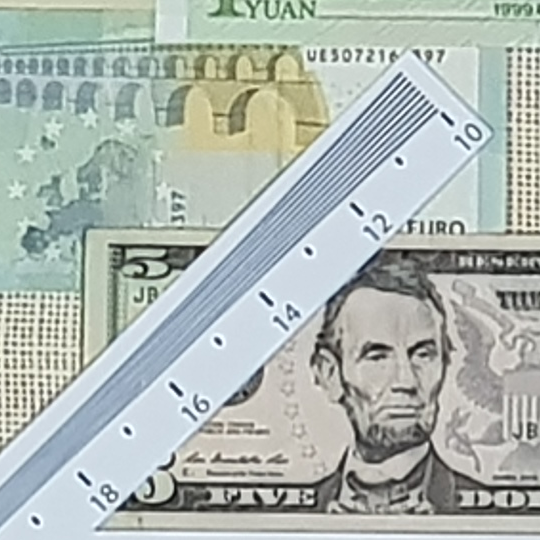
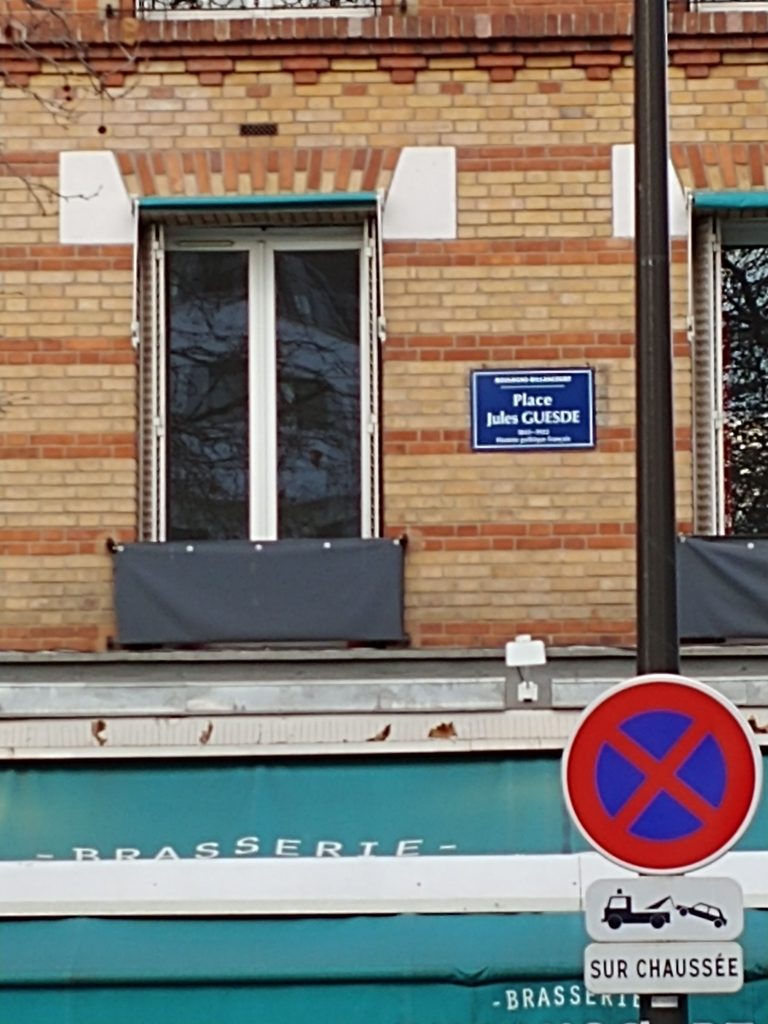
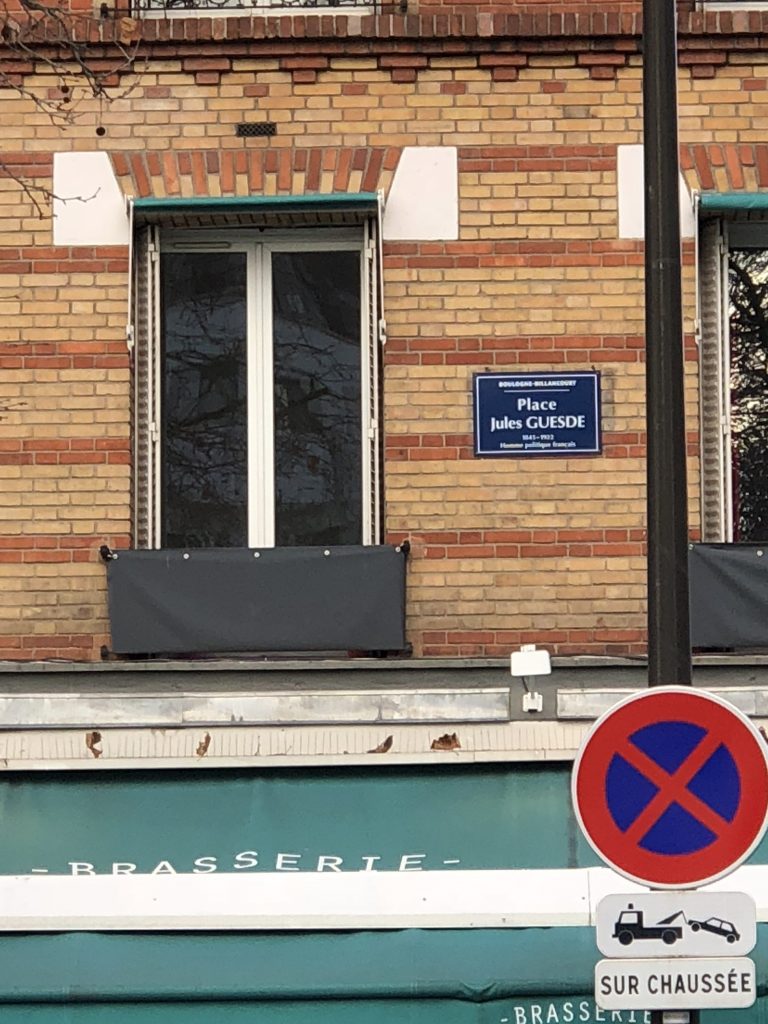
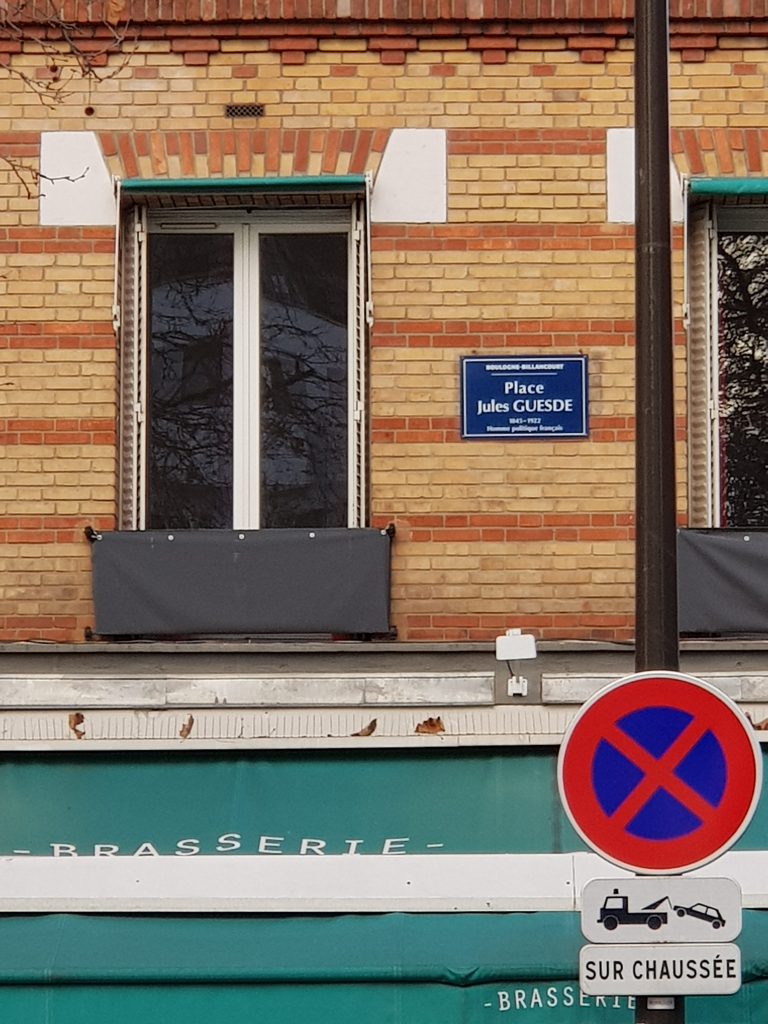

DXOMARK encourages its readers to share comments on the articles. To read or post comments, Disqus cookies are required. Change your Cookies Preferences and read more about our Comment Policy.